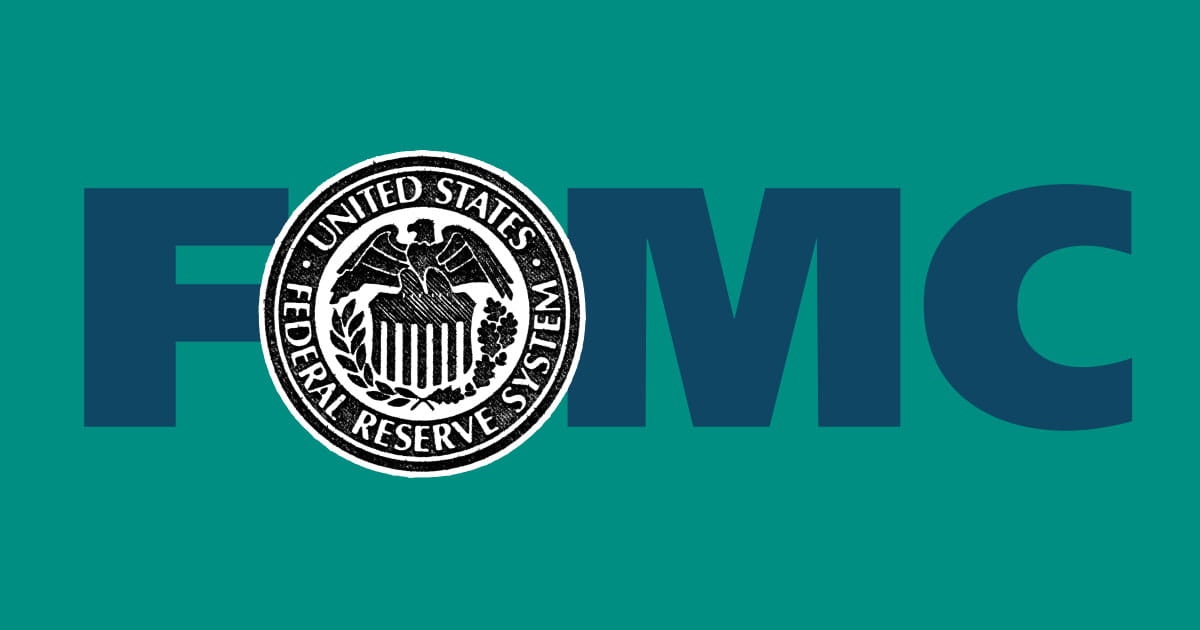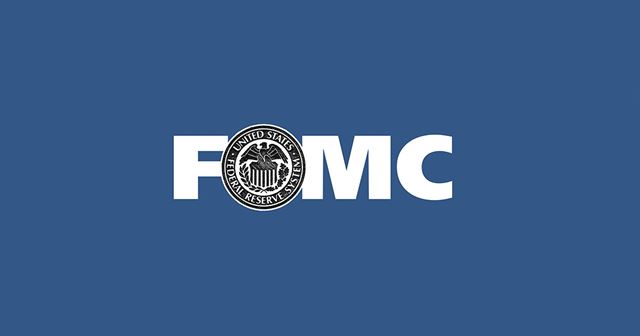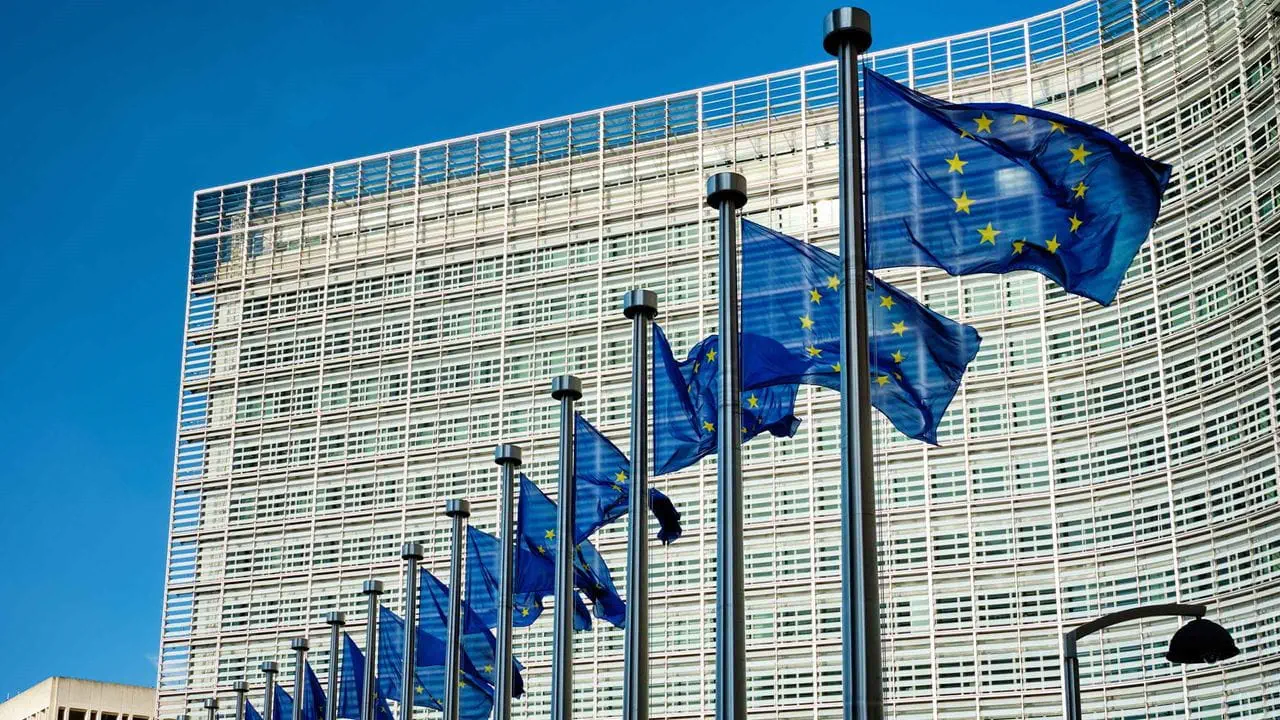

In a week with a U.S. presidential election and market volatility, the Federal Reserve cut its policy rate 25 basis points (bps) as expected. Amid this noise and the generally positive messages from recent macro data, Fed Chair Jerome Powell emphasized that downside economic risks had decreased, but the policy rate remains above neutral, suggesting that gradual cuts are still likely to come over time. Although he declined to provide guidance about the rate decision at the December meeting, he did emphasize that the recent presidential election will not affect that decision.
In our view, the signals from November’s Fed meeting alongside recent signs from macro data that the economy reaccelerated in 3Q – with the strong momentum likely to continue – suggest the odds of another rate cut in December have diminished. Given the Fed has already cut rates by 75 bps since September, it has flexibility to move slowly and methodically from here.
No news in November
Powell declined to provide much guidance at the press conference, nor did the Fed release new projections at its November meeting. Statement changes were also modest, which Powell underscored in his comments. He also pushed back on the need for sharp policy moves in either direction, arguing recent GDP revisions reduced downside risks relative to the state of the economy when the Fed last met in September, while also noting long-term inflation expectations remain anchored. Powell cited heightened uncertainty in the outlook, and we believe the Fed will move with caution as it slowly returns rates toward neutral, while remaining data-dependent.
U.S. economy remains resilient despite uncertainties
Since the Fed’s last meeting in September, data releases indicate continued U.S. economic resilience. Real GDP growth was strong again in 3Q, led by a 3.7% annualized surge in real consumption, with prior GDP figures revised higher. Inflation has also firmed, and the aftermath of two major hurricanes could slow or stall progress on controlling it, at least temporarily. Additionally, we may see an uptick in economic activity in 4Q as businesses and consumers front-load activity ahead of potential new or higher tariffs in 2025. These factors supported the Fed’s decision to slow the pace of rate cuts from 50 bps to 25 bps, and to signal flexibility and data dependence going forward.
Despite recent resilience, we believe the Fed has flexibility to remain on a path toward modestly lower rates. Gradually rising unemployment in generally balanced labor markets supports a return to neutral. Given this year’s progress on inflation, we think the Fed can gradually bring rates down to a more normal or neutral setting, pausing as needed; it would take a significant acceleration in inflation – which we think is still a low probability at this point – to warrant a restart of hikes. October’s relatively soft employment report (even after smoothing of temporary disruptions from hurricanes and strikes) also underscored the risk that a more material cooling of the labor market could prompt the Fed to cut more aggressively.
Fed officials will also have to incorporate the economic effects of fiscal and trade policy changes under President Trump. We believe they are waiting for some distance from the election, along with additional inflation and labor market data, before providing detailed guidance via updated projections at December’s meeting. While we may see some modest upgrades to their projections, we also believe the Fed is prepared to cut more swiftly if downside risks to the labor markets materialize. In January and beyond, more clarity from Congress and the White House will inform refinements to the Fed’s trajectory.
Political uncertainty won’t distract the Fed
Many observers are asking what could happen to the Fed, and to Chair Powell, when President Trump returns to the White House. We are confident that the Fed will maintain its independence and focus on its dual mandate regardless of political noise. For one thing, Chair Powell’s term continues until May 2026, and he used the press conference to strongly signal his intent to complete his term. Indeed, most Federal Reserve Board members have significant time remaining on their terms, so President Trump will only be able to nominate a few new officials, and slowly at that.
The Fed is ultimately accountable to Congress, which created the Fed and established its mandate, and to the public. Its independence enables the Fed to implement monetary policy based on data, analysis, and judgment, free of political influence. In recent years, several Fed nominees from both Republican and Democratic presidents have faced challenges in the Senate confirmation process and did not join the board. The Fed’s rate cuts both before and after Election Day, and Fed officials’ consistent refusal to comment on political developments, underscores their resolve.
Still, while we expect the Fed to remain apolitical, officials will have to take into account any fiscal or trade policy changes that affect the economy when setting monetary policy. For now, we believe the Fed has room to continue to gradually normalize rates as it waits for clarity from the new administration.













